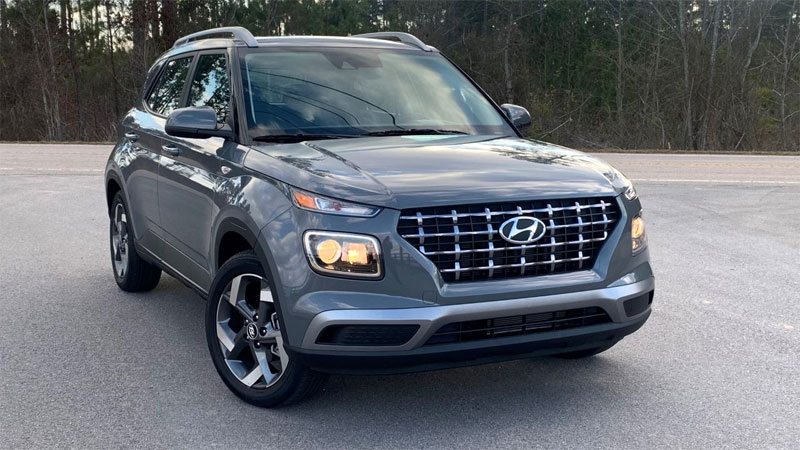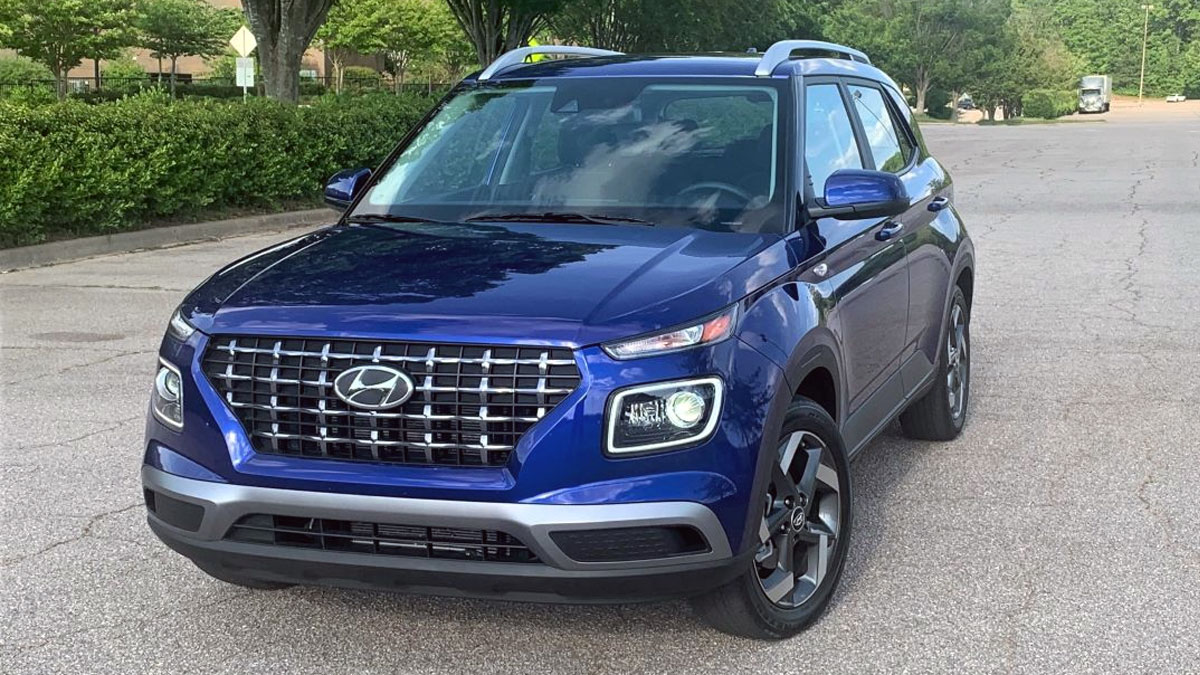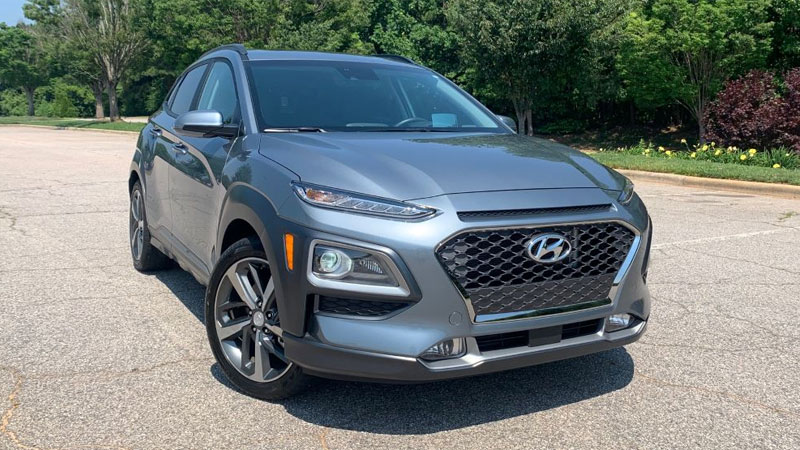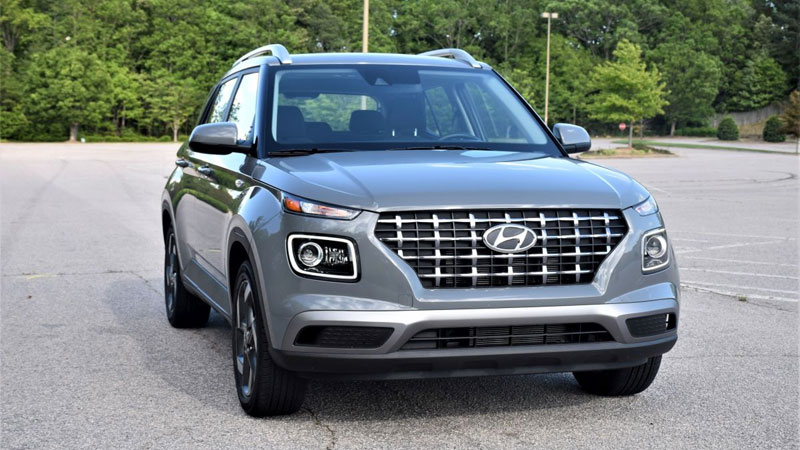On the Road With a 2022 Hyundai Venue
Finding any new vehicle for under $20,000 is almost impossible these days. Higher prices and expanded tech and safety equipment are among the reasons why. That the Hyundai Venue can still be had for far less than the average cost of a vehicle is one thing. That it is a … Read more




